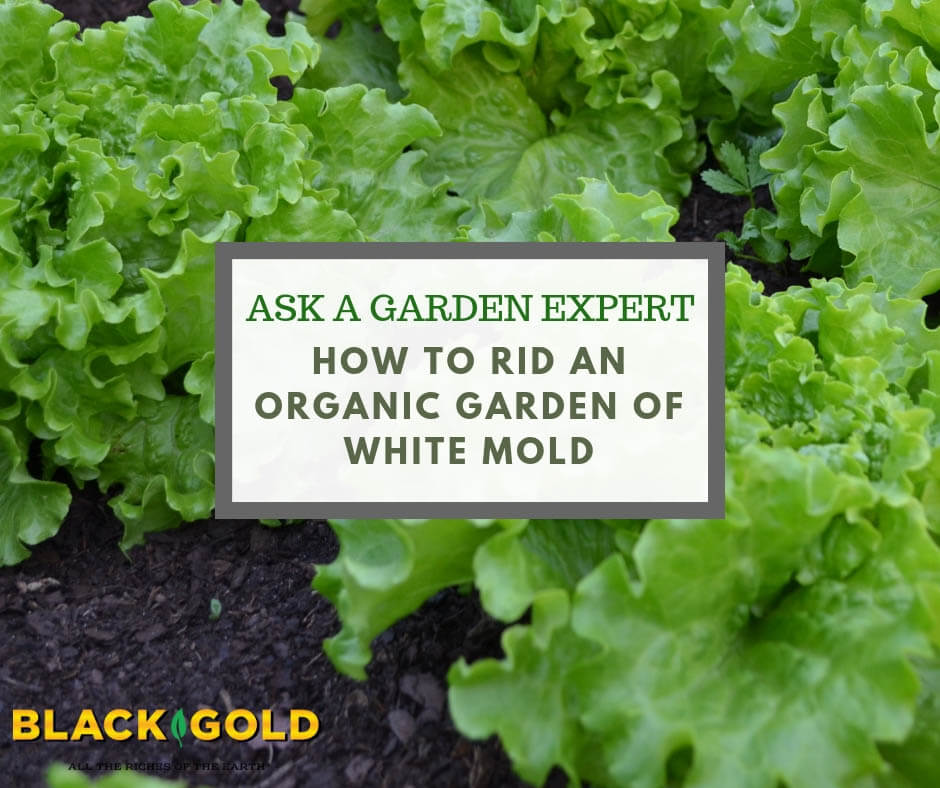“What is the best way to get rid of white mold in an organic garden? I pulled the plants this summer but I’m curious if there’s something I can do if it happens next year.” Question from Lynda of West Warwick, Rhode Island
Answer: White mold (Sclerotinia spp.) is a real problem, particularly with legumes (plants in the bean family), sunflowers, and many veggies and bedding plants. When it takes hold, it can cause flower blight, stem rot, fruit rot, and crown rot. If you adopt a multi-step, integrated approach to the problem, you can tackle it without the use of fungicides.
This fungal pathogen overwinters in the soil, so don’t expect it to disappear quickly. Here are several steps that will help you manage it next year.
- Clean all plant debris from your vegetable bed this fall.
- Space your vegetable rows and vegetable plants widely next year to increase aeration and hasten foliage and soil drying. If you avoid dense plantings of susceptible plants, you will discourage the disease from taking hold.
- Drip irrigate your plants and prolong the time between watering them; let your soil have a longer drying period between watering to discourage the disease and its spread.
- Rotate with non-susceptible crops, like corn, alfalfa, and wheat cover crops.
- Till the crop area after growing and harvesting susceptible crops, and refrain from tilling the area after planting non-susceptible crops.
- Control weeds well. Applying black row cloth can help control weeds and the spread of the disease.
- Keep a lookout for the disease and remove infected plants as you see them.
I hope these tips help! Good luck in controlling your white mold problem. To learn more about this disease, click here to visit The American Phytopathological Society’s page about it.
Happy gardening!
Jessie Keith
Black Gold Horticulturist


